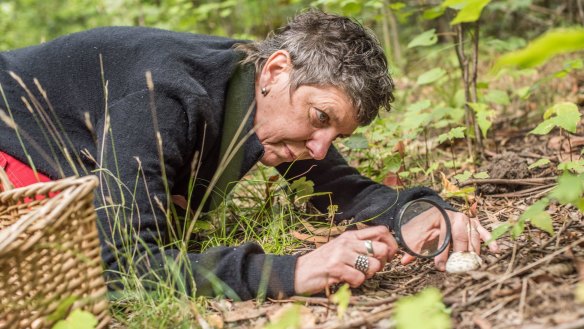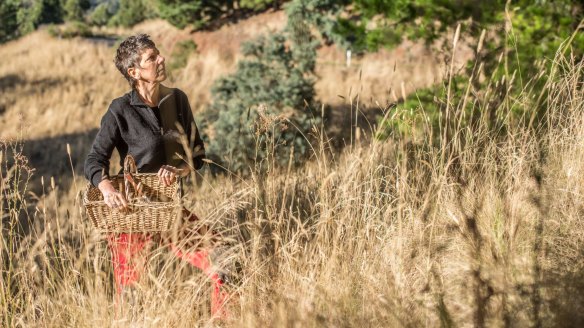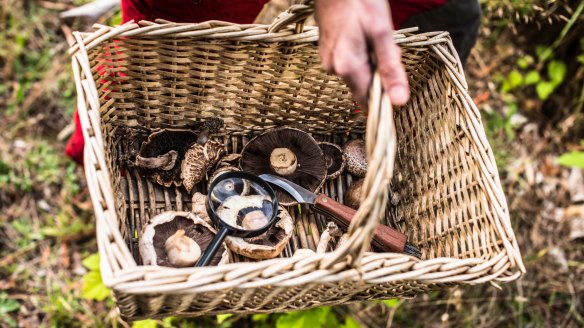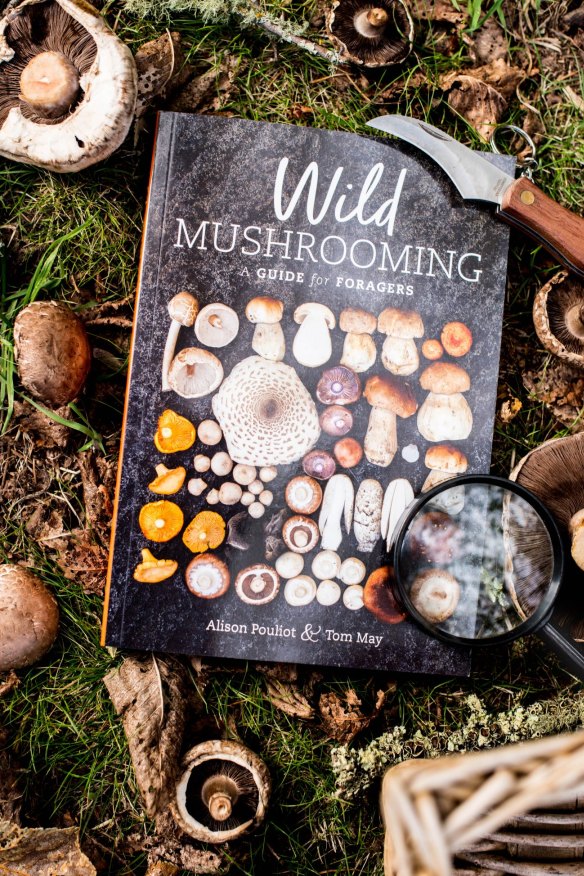The mushroom crusader on a mission to teach safe fungus foraging

The autumn mushroom season has arrived and with it, a flush of foragers set to glean forest floors in search of fungi. While many foragers are experienced, filling their wicker baskets with edible wild mushrooms such as slippery jacks and saffron milk caps, some rookies are taking chances that could lead to hospital admission or worse.
Poisoning caused by fungus misidentification saw 70 people admitted to hospital in NSW in 2019 and six people have died from eating poisonous fungus in Australia since 2002.
Now internationally recognised ecologist and fungi expert Alison Pouliot is on a mission to educate mushroom enthusiasts on how to identify edible mushrooms and forage sustainably.

Raised in south-east Australia, Pouliot lives in Switzerland where she works alongside the nation's mushroom police, the "Pilzkontrol". The Swiss body is dedicated to searching foragers' baskets and identifying each mushroom to ensure it is safe to eat.
Pouliot has returned to Australia to spread the word about safe, ethical and environmentally sustainable mushroom foraging. This is outlined in her new book, Wild Mushrooming, written with Tom May, a mycologist and research scientist at the National Herbarium of Victoria.
For the 2021 mushroom season, Pouliot is holding around 50 fungi and foraging workshops across forests in Victoria, NSW and the ACT.

"We have a recent mushroom foraging tradition here in Australia," says the straight-talking expert. "This means many mushroomers are making basic mistakes and going about foraging the wrong way. In Australia, we know a good apple from a bad apple, but we are completely undiscerning when it comes to fungus."
She says Australian foragers, in their crusade to fill a basket, will harvest old, weather-damaged fungi or even mushrooms that have been partially eaten by wildlife. These mushrooms carry bacteria that can cause food poisoning.
Standing in a copse of maple trees for a workshop in Central Victoria, Pouliot says, "there are so many toxic mushrooms that look like edible ones, that to properly identify them you have to take into account so many factors from the environment to the weather to the soil".

To do this, Pouliot advises foragers to slow down and be in the moment. Her system of identifying fungus, outlined in the book, uses a 10-point structure that takes into account everything from the trees growing nearby to the structure of a mushroom's gills.
"And then there are the deadly look-alikes," she says, pointing to a picture of a toxic fly agaric – the classic red toadstool with white dots, which has a mature form almost identical to the delicious saffron milk cap.
By standing quietly in one space, Pouliot and her group identify half a dozen different fungus within just a few square metres. One is a pale cream-colored mushroom with a mottled top and ghostly pale gills. It looks unappetising.
Pouliot whips out a magnifying glass and studies the fungus's form, running her fingers over the cap and sniffing at the underside. It is an Agaricus, a close relation to the supermarket mushroom, but Pouliot is not 100 per cent sure it is non-toxic, so she takes it with her to do a spore print overnight.
"There are more than 4000 different fungus (types) in Australia, and we are yet to name the majority of them," she says. Someone cries out and points to a white ball emerging from below the soil. "People call this 'white truffle' but it is an earth ball, Scleroderma," says Pouliot.
"Is it edible?" someone asks. "Deadly," she answers. "That is why identification is so important."
Before her workshop guests depart, Pouliot finishes with words of advice. "Fungi contain an indigestible compound called chitin," she says. "That means that eating large amounts of mushrooms can lead to cramps and other problems. So, eat them sparingly.
"Savour them, never gorge on them, and always leave some for the spores to spread and native animals to eat. There are some little marsupials whose diet is 90 per cent wild fungi."
Alison Pouliot's fungi workshops can be booked at alisonpouliot.com. She is teaming with chef Michael Ryan at Provenance in Beechworth for a fungi dinner on May 30, with more restaurant collaborations to be announced.
Restaurant reviews, news and the hottest openings served to your inbox.
Sign up- More:
- Restaurant news
